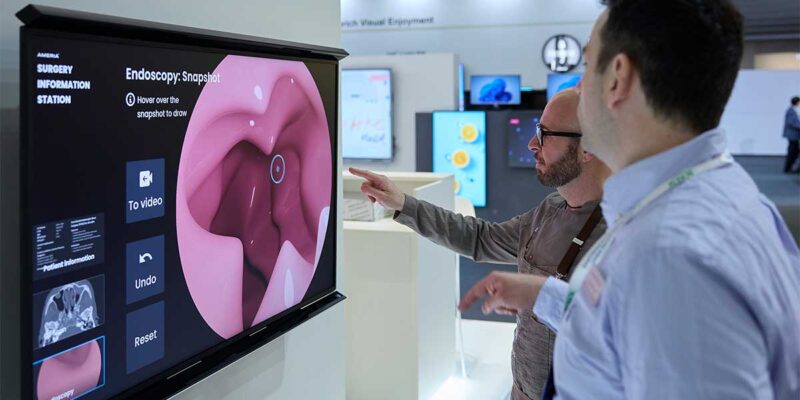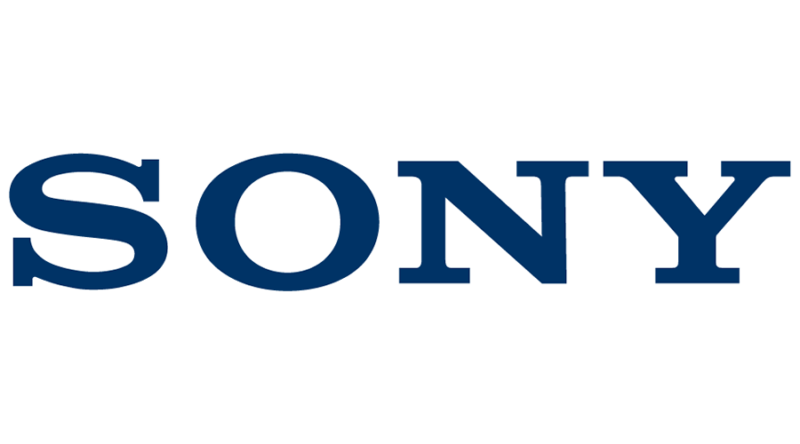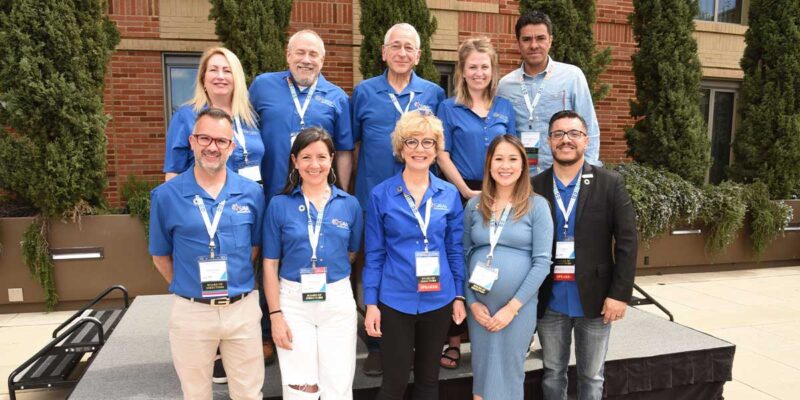Church Video Production – Selling the Workflow
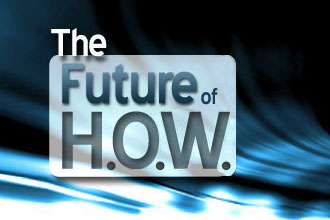 Near cinema-quality field video capture is available for well under $10K, a price point so low that the A/V/L industry feels threatened by low cost technology dazzling the focus and buying power of consumers. A visit to InfoComm or NAB quickly reveals a rush to service the exponential growth of the sub $10K market space, but this is only a fraction of the full story — one that has respectable profit margins, repeat sales opportunities and the all-important value of selling service.
Near cinema-quality field video capture is available for well under $10K, a price point so low that the A/V/L industry feels threatened by low cost technology dazzling the focus and buying power of consumers. A visit to InfoComm or NAB quickly reveals a rush to service the exponential growth of the sub $10K market space, but this is only a fraction of the full story — one that has respectable profit margins, repeat sales opportunities and the all-important value of selling service.
Why Low Cost Isn’t a Problem
In the house of worship market, the fastest growing segments of the space are still mega-churches (attendance of 2,000+ per weekend) and new church plants (brand new churches launches). Right along with this trend is the abundance of young pastors and leaders who quickly invest in technology as a key part of their weekend services. And while Sunday happens every seven days, it’s the Monday through Friday focus on producing compelling videos that has firmly taken hold in the church market.
A decade ago, there were still churches considering if video projection was a viable option. Today, it’s everywhere and churches are realizing that the rush is on for what is the hardest part of the video technology equation: quality content.
Video cameras have long been a part of mega churches for use as IMAG (Image Magnification — larger-than-life video medium and tight shows projected for those sitting far from the stage), but it has been a slower adoption rate for the rest of this vertical market due to the costs and, frankly, the need for ENG-style cameras. That all changed with the birth of the DSLR, digital cameras that not only took stunning, high resolution pictures, but for the first time allowed HD video recording in a device that shot (and looked) a lot like film.
Though the online retailers have made margins slim, it shouldn’t be a big deal to systems integrators that DSLR video capture is inexpensive. Actually, they should see it as a conversation-starter towards the reality of capturing video and audio in the field at HD (or higher) resolutions; the post-production workflow; and, last but surely not least, church service playback workflow.
At every step of the way, content is the common denominator. For content to be useful in churches there has to be an education process on the entire workflow. And while I’m focusing on video in this article, the overarching reality of the need for quality audio and great lighting are necessities for compelling video.
Dollars and Time
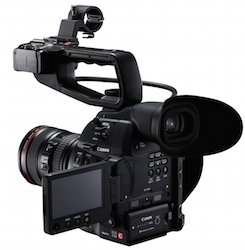
Canon’s DSLR video camera, the EOS C100 Mark II
It’s one thing to capture video to a Canon EOS C100 Mark II and audio to a Tascam DR-60mkII; it’s quite another to manage gigabytes/terabytes/petabytes of video and audio for storage, editing, archiving and playback.
Ask any church technical director tasked with this scenario, and they’ll tell you that a lot of time is spent waiting. Truman’s Triangle (you can have Good, Fast or Cheap, but only two of the three) shows up every time. Capture, ingest, edit and render quickly? That’s not cheap. The digital workflow may well include sub-$10K cameras, audio recording and computers, but it also has to conform to the realities of the limited bandwidth (time) of many church video staff, most of whom wear multiple hats in A/V/L and IT, too.
Thought the DSLR is inexpensive, the workflow is not. What started out looking like a small dollar investment has a very real, much larger dollar acquisition of the digital video workflow.
Sure, some churches are cheap; others are simply trying to be good stewards. In the case of the latter, get past the price question and talk about the real cost of time when Sunday comes every seven days. Deadlines, deadlines; value proposition, value proposition. Remember: When price is everything, the product means nothing.
Short and Long-Term Archival Options
If content is king in production, the what is a church to do with archival content? The need expands to encompass long-term storage. Sure, hard drives are cheap, but there are limits to how and where to store and manage them as well as data degradation issues to consider.
LTO (Linear Tape-Open) has been around for a while and has been used in larger media-rich environments, but in the house of worship market, the typical solution is to use hard drives or tape/solid state storage (Sony’s XDCAM HD and Panasonic’s P2 HD formats are typical for medium to large churches). And to share those files? iCloud, Google Drive, and Dropbox prevail. Not exactly great short or long-term solutions, but at least they are in the Cloud, so it’s a simple (but inefficient) short-term fix.
 Coming in 2015 is the anticipated roll-out of the optical Archival Disc, jointly developed by Sony and Panasonic, with a promised 50-year shelf life and meta-tagging for managing long-term archives. We’ll see how this prices out, but I anticipate it’s going to be not aimed at the small to mid-range commercial video production company market, much less the H.O.W. market.
Coming in 2015 is the anticipated roll-out of the optical Archival Disc, jointly developed by Sony and Panasonic, with a promised 50-year shelf life and meta-tagging for managing long-term archives. We’ll see how this prices out, but I anticipate it’s going to be not aimed at the small to mid-range commercial video production company market, much less the H.O.W. market.
At 4K uncompressed, the storage needs will exceed 2.3 TB for one hour of recording — common for the length of many church services being recorded. Heck, even ProRes422 requires over 400 gigabytes of storage for that same hour. Houston, we have a storage problem. Inexact math, sure, but it’s close enough to paint the eye-opening picture of massive file sizes. And that’s not accounting for multi-camera recordings used in editing. These file sizes quickly become stupefying.
In the meantime, the ridiculous video capture resolutions on the latest smartphones are cranking up the need for storage (even highly compressed). Hello? Does anyone see a near-line and archival storage market opening ever-wider to a lower bandwidth market? McFly… McFly…
Cinema Quality Recording Needs Cinema Quality Presentation
It’s one thing to capture and post in HD; it’s quite another to preserve those high quality videos all the way to the flat panels in church lobbies and large screen projection in the sanctuary. Even with 4:2:0, the image quality and file transfers have to be accounted for all the way to the eyeballs of the attendees.
It would seem that in the rush to hype 4K resolution, someone forgot to tell the consumer that up-sampling HD to 4K does not make 4K look stunning.
It’s important to educate the consumer across all vertical markets, including the H.O.W. space, the truth about 4K and the workflow and storage issues it presents. It’s great to shoot in 4K. It’s great to have a 4K 120Hz laser projector. My contention is that it’s everything in between that’s missing in the sales conversation.
Serve this market by education and selling towards a unified, digital workflow. There’s real money to be made — only one step after the DSLR purchase.
What do you think — is the increasing demand for media storage and archival a conversation starter for selling the entire digital workflow? Comment below.



